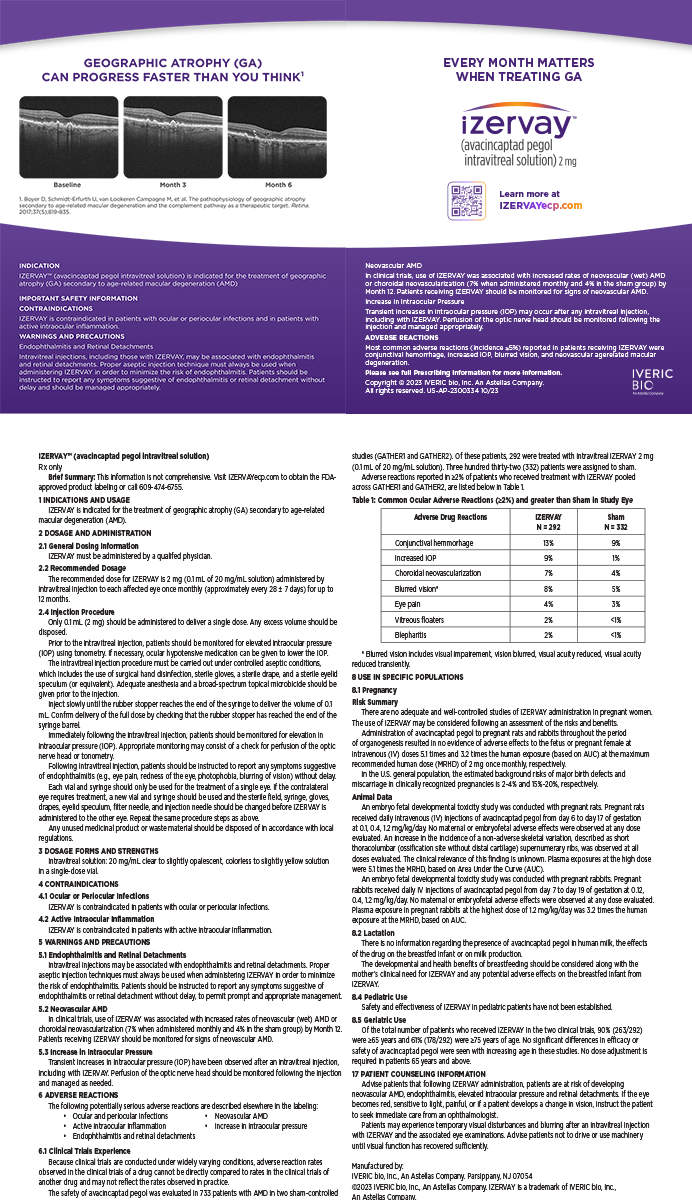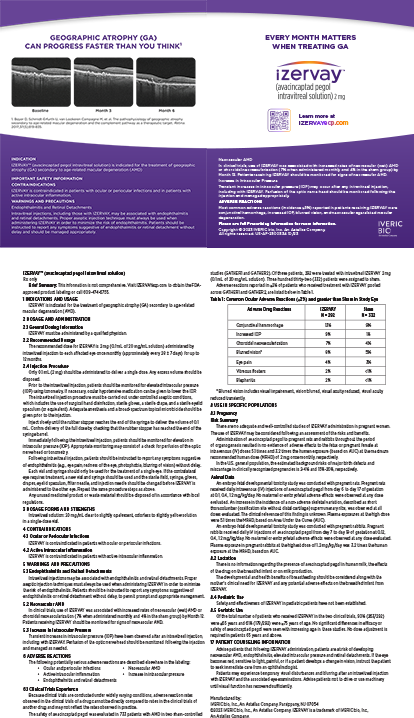The past several years have brought a wave of consolidation to the ophthalmic industry, primarily in the form of acquisitions. This activity heated up even more in the first half of 2007 with these major announcements:
Advanced Medical Optics, Inc. (Santa Ana, CA), completed its acquisitions of IntraLase Corp. (Irvine, CA) and Wavefront Sciences, Inc. (Albuquerque, NM);
Bausch & Lomb (Rochester, NY) made a strategic investment in AcuFocus, Inc. (Irvine, CA), for presbyopia-correcting technology;
Reichert, Inc. (Depew, NY), was sold to a the private equity firm Beecken Petty O'Keefe & Co. (Chicago, IL);
Bausch & Lomb entered into an agreement to be acquired by private equity firm Warburg Pincus, LLC (New York, NY); and
Advanced Medical Optics announced its interest in acquiring Bausch & Lomb.
It is enough to make anyone's head spin. Furthermore, depending on to whom you talk, consolidation in an industry is either really good or really bad. To help make sense of this topic and better explain the impact of consolidation on the ophthalmic industry and the profession, it might be helpful to look at the good, the bad, and the ugly that can result from these changes.
WHY DO COMPANIES UNITE?
Consolidation is a term used to describe the end result of multiple mergers and acquisitions within a particular industry. Industries that are growing and have many small players, but no dominant entity, are often thought of as "ripe for consolidation." The early automobile industry is a good example. There were more than 100 automobile makers in the early twentieth century, and that industry went through a period of consolidation to form three big companies: GM (Detroit, MI); Ford Motors (Dearborn, MI); and Chrysler (Auburn Hills, MI).
Consolidation traditionally involves the acquisition of one company by another, typically (but not always) with the larger entity buying the smaller. Sometimes, you hear the word merger, which is intended to describe the joining of two companies of equal size. Merged companies face many of the same challenges as those combined via acquisition in terms of who will run and manage the new entity.
Both the acquirer and the acquired will contend that the new entity is in a better position to market and distribute products and services, increase corporate profitability, and deliver greater earnings to shareholders. Duplicate functions are usually eliminated, resulting in more efficient operations that are less costly than when both companies had separate sales forces, finance departments, etc.
This scenario is especially good when the smaller entity is a start-up company that has not yet invested in the full infrastructure required for selling and servicing the products it intends to bring to market. The start-up business can dedicate its resources (often venture capital or institutional investment) to getting its product(s) through the research, clinical, and regulatory phases of development. Many start-ups begin their existence with this intention and then formulate an exit strategy in which they seek to be acquired rather than fully develop the company. In the ophthalmic industry, this was likely the case for the AcuFocus ACI 7000 corneal inlay that is currently undergoing FDA trials. Earlier this year, Bausch & Lomb made an equity investment in and secured an exclusive option to purchase the company. This is an example of a larger company investing in outside research and development to build its product pipeline.
Even when a company is already publicly traded and fully commercial, sometimes its acquisition by another corporation makes sense. The two most successful public companies in the refractive arena, Visx, Incorporated, and IntraLase Corp. (now both a part of Advanced Medical Optics), were both profitable "one-product" companies that at some point were each seeking to acquire other companies or technologies. As it turned out, Advanced Medical Optics was able to bring these two companies together under its umbrella, thereby building a refractive portfolio to benefit itself and its customers.
Warburg Pincus, a private equity firm known for buying companies that are underperforming and making them more profitable, saw an opportunity to take Bausch & Lomb private. That move did not go unnoticed by Advanced Medical Optics, which has indicated that it will explore the possibility of making a competing offer for the acquisition of Bausch & Lomb.
Is all of this activity good or bad for ophthalmology? It may be both.
THE GOOD
Having one company call on you that can provide multiple products is efficient for both parties. Leveraging administrative functions (human resources, information technology, finance, etc.) to provide those services across a larger base of employees and products is good for shareholders, and it saves the truly small company from having to invest significantly in those functions.
What about the recent return of public companies into the private sector? "We may be at the beginning stages of a long-term trend," according to Michael Lachman of Walnut Creek, California, a former investment analyst and current independent consultant (M. Lachman, oral communication, June 17, 2007). "Many medical device companies believe they are undervalued by the public market." Lachman noted that, by privatizing, companies can stop focusing on meeting the current quarter's numbers (ie, Wall Street's expectations for revenue and profit margins) and stretch their planning to longer-time horizons.?He added that, in principle, privatization is also good for customers, because a company's management can spend more time focusing on serving the needs of customers and less on the needs of the financial community.
Looking back, the acquisition of Cooper Surgical by Alcon Laboratories, Inc. (Fort Worth, TX), helped establish Alcon as a surgical leader. Similarly, the sale of Allergan Humphrey to Carl Zeiss Meditec AG (Jena, Germany) provided this manufacturer of diagnostic equipment with needed resources to help it grow and maintain its leadership position in the industry. These moves have proven that combining sales, service, and internal research and development into one entity can be fruitful in terms of innovation and the introduction of new products.
THE BAD
Reducing the number of major suppliers in an industry may limit customers' choices. Furthermore, decreasing competitive pressure could hamper the rate of innovation.
A much less obvious problem can result, however, if there are too few major players in an industry. As described earlier, many of today's start-up companies are not seeking to become full-fledged businesses. They often develop a new technology with the intention of one day being acquired and having their product(s) distributed by one of the industry's bigger players. Their source of funding will come from venture capitalists, who view their investments very differently than individual investors. Venture capitalists make multiple bets of millions of dollars each on specific companies with promising new technologies. The risk-reward ratio for a venture capitalist is many times higher than the tolerance of the typical individual investor. The risk proposition for venture capital investment, however, increases if the pool of potential corporate buyers for the investment is reduced. That increased risk will likely translate into lower venture capital investment overall, which could lead to fewer new products and technologies' ultimately making it to the marketplace. What would ophthalmology be like today without the excimer laser or the premium IOL?
THE UGLY
Federal regulators oversee the free market in order to prevent a single company from gaining too much control over an industry. Once regulators' requirements are met and a merger or acquisition is consummated, corporate culture becomes vital to the success of the resulting entity. Merging two companies blends the people from each business, a process that may be extremely difficult. One example is the merger of Mercedes Benz and Chrysler (combined company now known as DaimlerChrysler Corp., Stuttgart, Germany). After nearly 10 years of trying to create a powerhouse automobile manufacturer, the merging of the American and German cultures proved too difficult and eventually failed, as evidenced by Daimler's sale of Chrysler to a private investment firm.1
Anecdotally, most of us know someone whose job was eliminated after his company merged or was acquired. Job losses are expected, but what you often hear is that the new company ultimately rehires some of those laid-off workers, either as full-time employees or as contractors. Such strategies show that what looks good on paper does not always work well in reality. In the meantime, employees' lives can be disrupted, and customer service can suffer. Workforce retention is just one of many unknowns facing the managers of a newly combined entity, and it is important to acknowledge that there are downsides to industry consolidation.
CONCLUSION
We live in a competitive, free market economy. In the never-ending quest for greater productivity and an increased return to shareholders, it is reasonable to expect that companies will continue to merge and grow through acquisitions. These are the positives that are essential to stimulating economic growth. At the same time, the potential for reduced competition and disruption among customers and employees is very real. You can expect some of both, as consolidation is never purely good or bad.
Shareef Mahdavi draws on more than 20 years of medical device marketing experience to help companies and providers become more effective and creative in their marketing and sales efforts. Mr. Mahdavi welcomes comments at (925) 425-9963; shareef@sm2consulting.com.


